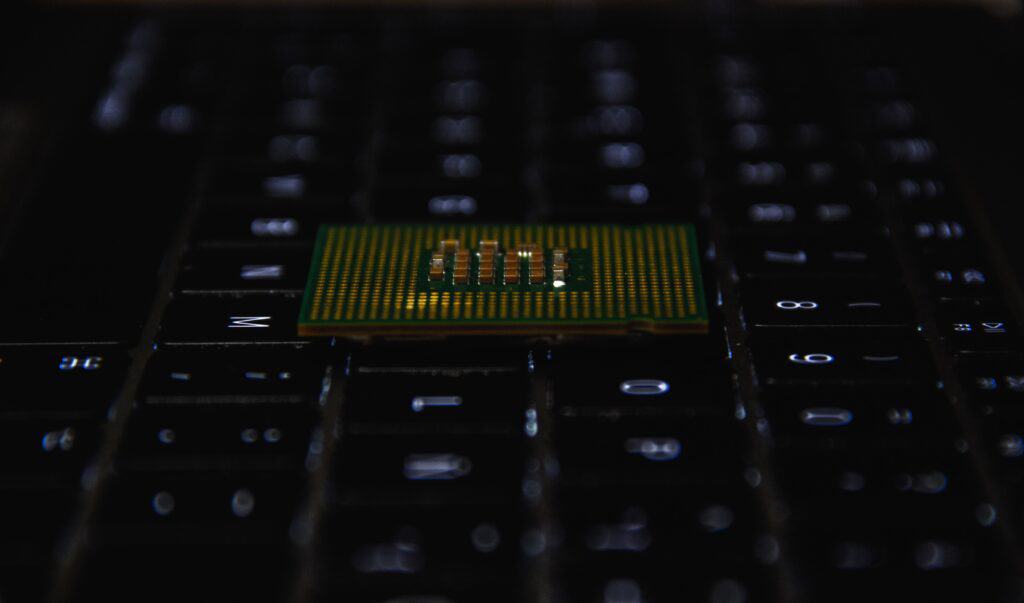The untapped value of RFID (Radio-Frequency Identification) technology in pharma
It turns out that there are more uses of RFID technology in pharma than has previously been thought.
The pharmaceutical industry is one of the most heavily regulated industries in the entire world. It has to be. When you are dealing with patients’ lives, there is little room for error. However, the downside of these heavy regulations is that companies will often view them as the end all be all of what they need to adhere to. They can sometimes inadvertently serve as a kind of glass ceiling, preventing more niche avenues from being explored.
Such is what happened with RFID technology in pharma. Once the gold standard for tracking and tracing pharmaceutical products, its popularity has for the most part dropped off due to directives like the DCSCA or the EU FMD, which both call for the usage of 2D bar codes as a requirement for compliance. However, RFID has some surprising benefits which have gone overlooked as a result of this. This is slowly being recognized by several prominent pharmaceutical companies, which will be the primary point of discussion in this article.
How does RFID technology work?
RFID tags are discrete electrical devices that can be affixed to medical packaging. RFID readers can read these tags, and the drug can subsequently be tracked and traced using this information. Although RFID tags are more expensive than barcodes, there are many benefits to adopting them. They can be used to track and trace prescriptions in real-time, for instance, and can be read without a direct line of sight. We will explore exactly what these benefits are in the following section.
The case for RFID technology in pharma
Many pharmaceutical companies have been rediscovering the benefits of using RFID. Contrary to the adoption of 2D barcodes, which many companies were forced into in order to comply with regulations, the use of RFID is voluntary. Pharmaceutical companies have been using this technology not because they have to, but because they want to.
For years, health systems have been active users of RFID, recording the identification and position of medical devices, connecting patient wristbands to the nurses who care for them and the procedures being carried out, and inventorying medical supplies. For medicines, surgical trays stocked with the medications frequently used during specific surgeries represent an important use case. Similarly, crash carts that are delivered to the patient’s bedside during crises and cabinets specifically designated for anaesthetic or refrigerated goods are additional examples.
In other words, it has been good enough to serve hospitals and clinics for quite a long time now, and pharmaceutical companies have made use of RFID a lot as well. In the age of mass drug serialization and a focus on creating a truly global track & trace network, RFID tags provide advantages that 2D barcodes simply cannot compete with:
- Active, real-time tracking and tracing of products
- Simplified inventory management
- Linking devices to products as part of an IoT network
- Automatic recognition and identification of medicines across longer distances
- Improved data accuracy
- Saving time
- Better production control
The added agility that RFID technology in pharma brings to the table is difficult to beat. Everything becomes more connected, organized, and ultimately safer, which is a plus both for shareholders as well as patients. It is not difficult to see why so many pharma companies have been flocking to take advantage of this once-forgotten technology.

Potential privacy concern
Other than the price, the only real concern when it comes to RFID is the storage and usage of the data it makes accessible. For this reason, more robust data storage and encryption methods are warranted in the coming age of increasing digitalization. Not only that, but a more connected network is necessary in order to fully take advantage of the cohesion that tech such as RFID allows. We are already seeing trends towards these goals in the greater and greater presence of technology like AI, blockchain, as well as IoT in pharmaceutical serialization, track & trace, as well as supply chain optimization practices.
What the rise of RFID technology in pharma means for the future
What we are observing here is pharmaceutical companies questioning the authority of compliance requirements from prominent regulatory bodies, not in the sense of rejecting their directives, but rather supplementing them with what is missing. It is not enough to simply do the bare minimum of what is required. This new trend of RFID technology is only one aspect of a developing current. Those who do not think outside the box and proactively improve their operations above that of their competitors will get left in the dust of pharmaceutical innovation.
One of the ways you can avoid that is by staying on top of developing news from the pharma world which we feature in our blog. Alternatively, try out some of our services directly and see how much more optimized your serialization and track & trace systems can get!


